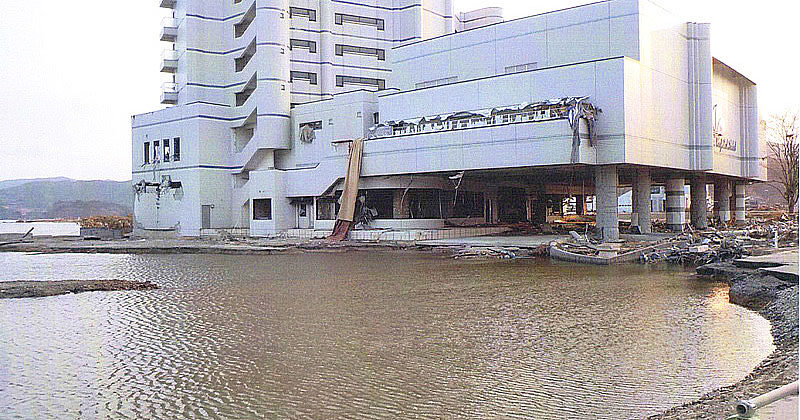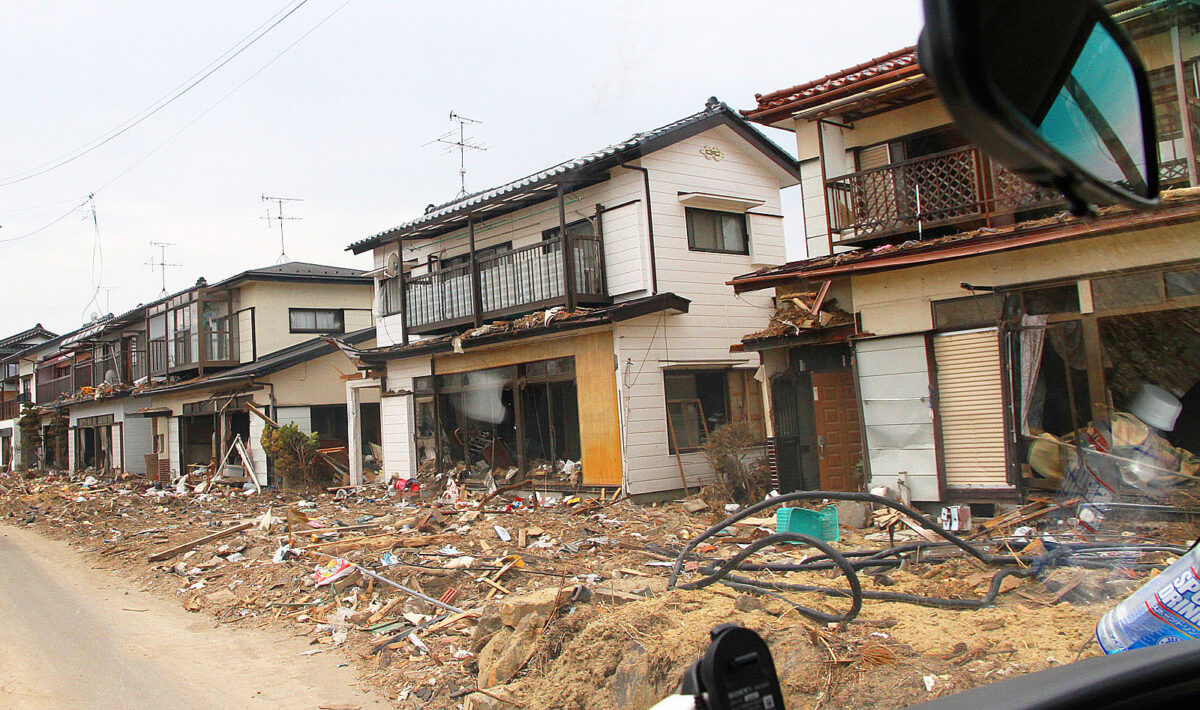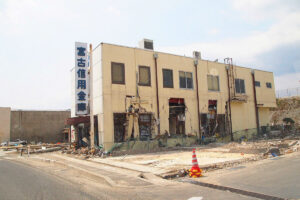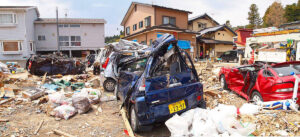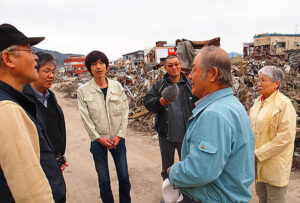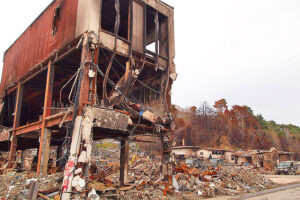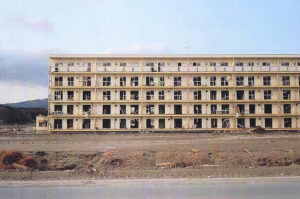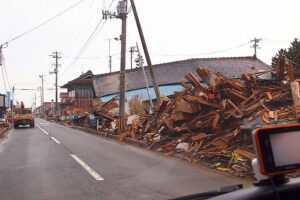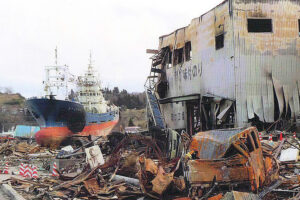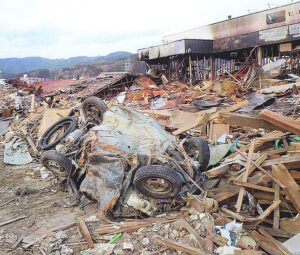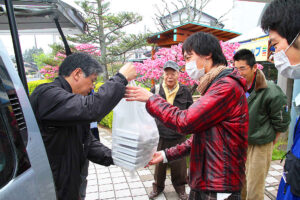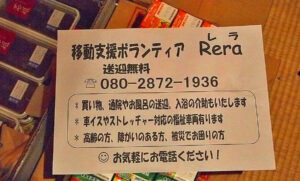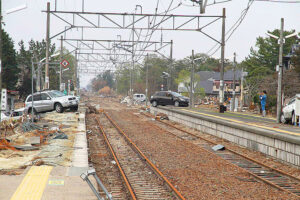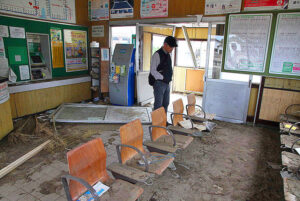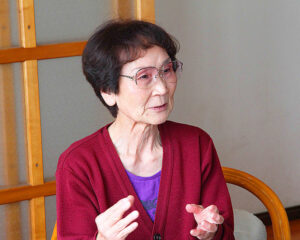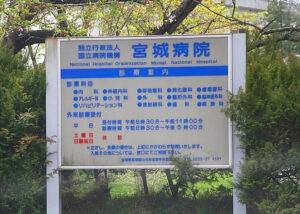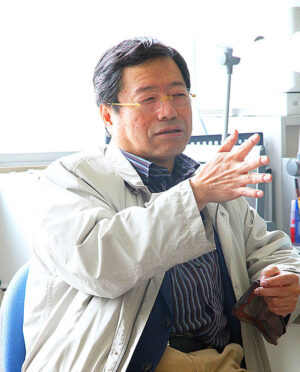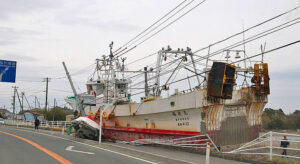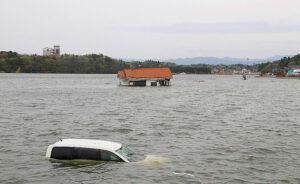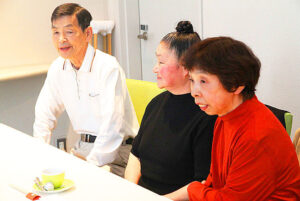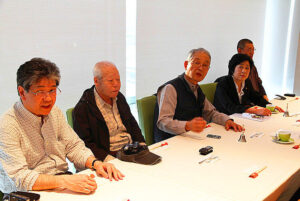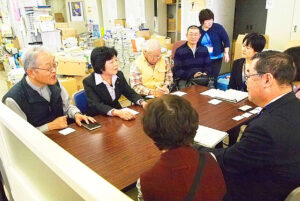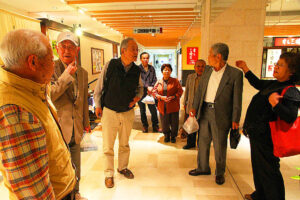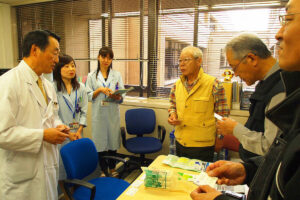“Great East Japan Earthquake” (3.11) 10years
Itinerary overview of the Great East Japan Earthquake Tour and Victims accounts
Tateo Ito (NPO Nanbyo Support Network Japan)
Purpose
We visited the JPA (Japan Patients Association) members to ascertain their safety and needs after one month after the Great East Japan Earthquake.
Members
- Tateo Ito, (JPA, Nanbyo Support Network Hokkaido, Japan Myasthenia Gravis Association)
- Michinobu Fukuda, (Hokkaido Nanbyoren, Multiple Sclerosis Association)
- Hiroshi Arai, (Nanbyo Support Network Hokkaido)
- Koji Mizutani, (JPA)
- Shohei Nohara, (JPA, Moyamoya Disease Association)
- Tomoko Tamaki, (Member of the House of Representative, Patients’ Association for Collagen Vascular Diseases Japan, Tochigi Nanbyoren)
Itinerary: April 28th – May 4th, 2011
- April 28th [Sapporo – Hakodate]
-
Members:
- Tateo Ito (JPA)
- Michinobu Fukuda (Hokkaido Nanbyoren)
- Hiroshi Arai (Nanbyo Support Network Hokkaido)
- April 29th [Hakodate – (Ferry) – Aomori – Morioka]
- Visited Iwate Nanbyoren, Iwate Nanbyo Support Center
Kouji Mizutani (JPA) Joined - April 30th [Miyako – Ishinomaki – Sendai]
- Visited Sanriku Coastline, Otsuchi, Kamaishi, Rikuzentakata, Ishinomaki and Sendai
Inspected NPO Hop Ishinomaki Support Center for Victims with Disabilities (Rera)
Shouhei Nohara (JPA) Joined in Sendai - May 1st [Sendai – Fukushima]
- Inspected “Arinomamasha (Disabled People Independent Living Support Center)”, Victims in Watari, Miyagi ALS Care center, Fukushima Nanbyoren
Tomoko Tamaki, Tochigi Nanbyoren Representative, JPA director joined - May 2nd [Fukushima – Tsukuba – Mito]
- Inspected Fukushima Nanbyo Support Center, Ibaraki Nanbyo Support Center, Ibaraki Nanbyoren
- May 3rd [Mito – Akita]
- May 4th [Akita – (Ferry) – Tomakomai – Sapporo]
Immediately after the earthquake on March 11, 2011, we at the JPA began to gather information on patient associations across the country.
We also began to work more closely with the Intractable Disease Division of the Ministry of Health, Labour and Welfare.
The scale of the disaster was unimaginable, and the number of victims was so large that we were not even sure of the best course of action.
For this reason, JPA decided to send a delegation to the affected areas to check on the situation of patients’ groups and Nanbyo support centers and give them encouragement in order to plan future measures. The inspection tour was conducted from Thursday, April 28, 2011 to Wednesday, May 4, 2011. Personnel and vehicles were provided by the Hokkaido Nanbyoren.
Guided by the Iwate Nanbyoren, which had already visited the disaster area several times, we left Morioka and entered Yamada Town where we were stunned by the effects of the devastating tsunami. It was a painful reminder that the forces of nature cannot be controlled by human knowledge or human power.
There were still many areas where the roads had not been restored, and there were no gas stations, stores, or accommodations, so our activities could not go as planned. I was so shocked by the situation in the disaster area that I could not get it out of my mind even for a moment for several years. Due to the accident at the Fukushima Daiichi Nuclear Power Plant, we were not allowed to enter the area south of Soma City. When I heard from local people that the Onagawa Nuclear Power Plant was almost destroyed, and that the Fukushima Daini Nuclear Power Plant was also in danger, I knew that we had to continue our inspections year after year. At that time, I could not have imagined that the fishery industry in Matsukawaura, Soma City would suffer from harmful rumors regarding radiation contamination, for a long time.
This experience was one of the reasons why JPA decided to conduct this tour.
From Morioka, we headed south along the Sanriku coast, bypassing the town of Minamisanriku where the roads were out of service.
From Sendai, we drove through a plain as far as the eye could see, a zone of cars and debris, and took a detour from Soma to Tsukuba and Mito.
The details were published in “Let’s convey the ‘memories’ of that day” as “Voices of Patients and Families,” a research and documentation project of the Ministry of Health, Labour and Welfare’s the Support Project for NANBYO Patients, which started in the 2011 fiscal year. (The review is A4 format, consisting of 175 pages with about 2,000 photos.)

